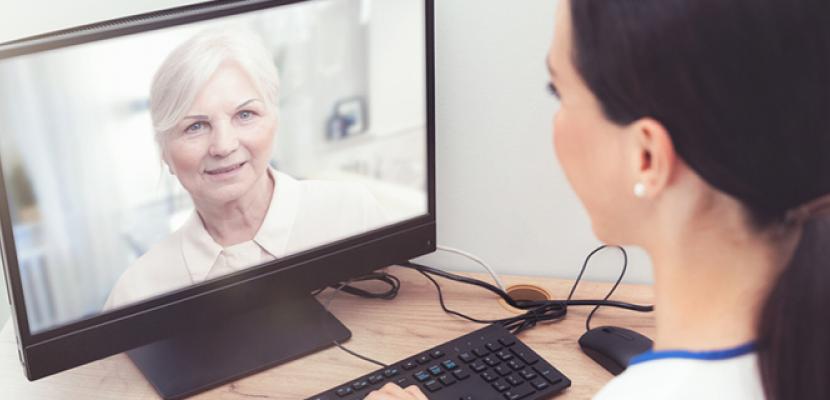
Co-authored by Adjunct Associate Professor Alex Stephens, and Professor Sharon Mickan, Head of Healthcare Innovation at Bond University. As a member of Bond's Healthcare Innovations Advisory Board, Alex Stephens has written this blog with Sharon to share perspectives of the dynamic innovation of telehealth within the Northern NSW Local Health District, where he is the Director of Research.
Why was there an increased uptake of telehealth?
As Public Health Orders restricted non-essential travel and implemented social distancing in March 2020, in response to the COVID-19 pandemic, it quickly became evident that the way hospital and health services provided care needed to change. In particular, the safe reduction of visits to hospital was important and where possible, health services had to use existing technology to provide care at a distance. Some of this technology had not been widely used before. The urgency of delivering healthcare services led to the rapid adoption and uptake of telehealth services across a spectrum of clinical disciplines.
An initial evaluation
Although telehealth and virtual care provided an effective solution to the immediate problem of reducing in-person visits to hospital, questions arose about its effectiveness. These included:
- How effective is telehealth for providing care?
- What are the advantages/disadvantages?
- What are the enablers/barriers?
- What is the perspective of healthcare users and what matters to them?
- What can we do to better support clinicians and healthcare users to use telehealth for care?
- Does telehealth enable virtual healthcare post-COVID-19?
A leadership response
These questions motivated the Board and Executive Leadership Team of Northern NSW Local Health District to consider an initial evaluation of this rapid uptake of telehealth services. Leaders wanted to understand the experiences of both clinicians and healthcare users and suggested using in-depth interviews and surveys.
The initial interviews asked questions of clinicians providing telehealth, and of users receiving virtual care. Questions were designed to record initial experiences, not to force comparisons between telehealth and face to face care.

Positive insights
Both clinicians and users agreed that telehealth provides efficient, convenient and accessible clinical services in their homes.
Healthcare users highlighted the convenience and comfort of receiving care in a safe and familiar environment. The time and cost savings of reduced travel was highlighted, especially for those users living remotely, and for those with other commitments. Telehealth appointments could be flexibly managed, at high levels of satisfaction, and with higher attendance rates. There is also support for extending beyond COVID-19.
Barriers to virtual care
Some limitations were described in relation to the technology and infrastructure. Both clinicians and users described different levels of familiarity and comfort with key components of infrastructure, such as the internet connection, bandwidth and speed, and mobile devices and cameras. Failures in components of infrastructure slowed and disrupted communication and limited both the usefulness and adequacy of the telehealth appointment. Some users also reported that their home environment did not afford the level of privacy and confidentiality they desired and needed. It was clear that not all types of healthcare could be provided by telehealth.
Where to next?
This initial evaluation provided a platform to learn from the initial experiences of providing care via telehealth. It also highlighted what could be done to improve the quality and effectiveness of care provided through telehealth. This led to several key recommendations, including:
- Define which healthcare services can be effectively and safely provided via telehealth
- Define which telehealth services are most appropriate for individuals and for groups
- Maximise infrastructure requirements for telehealth provision
- Ensure that IT services are available to support telehealth
- Provide opportunities to build competence in using telehealth technologies
- Develop user-guides and consumer education resources to support telehealth services
- Involve healthcare users in the co-design of telehealth services
Final message
From this cross-directorate and collaborative initial evaluation, the leadership team of Northern NSW Local Health District have concluded that, together with healthcare users and clinicians, there is a need to define key populations and conditions for beneficial telehealth support. Together, they can define infrastructure capabilities and provide technical and educational support for all future users. The Local Health District Board and executives also recognise the leadership displayed by service managers for rapidly mobilising and committing resources to better understand the benefits and effectiveness of telehealth services, as well as areas for improvement, during an intense period of change and uncertainty.
Healthcare innovations at Bond
Bond University is putting our students ahead of the healthcare innovation curve by developing new health innovation and transformation degrees that look at the business of healthcare, health leadership, the role of big data analytics and national and global health issues.